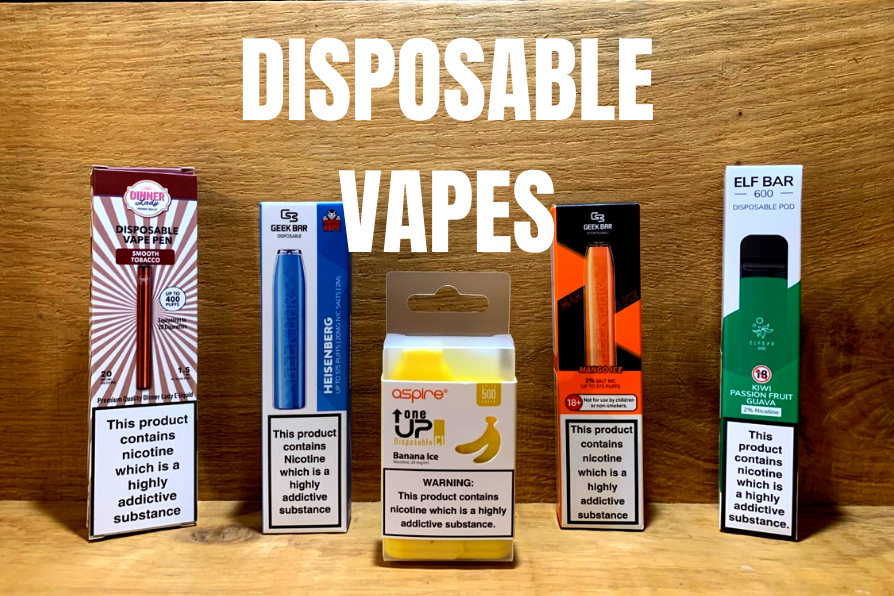In recent years, the Cake Disposables Vaps phenomenon has taken the world by storm, attracting millions of enthusiasts seeking an alternative to traditional tobacco consumption. Vaping, short for vaporizing, involves inhaling vapor produced by an electronic device, often referred to as a vape pen or e-cigarette. The allure of vaping lies in its perceived reduced harm compared to smoking, as well as the wide array of flavors and customization options available to users.
However, the trend has also sparked concerns about its long-term health effects, particularly among the youth. This article takes a closer look at the vaping trend, exploring its origins, benefits, risks, and its impact on public health.As a result, vaping is often touted as a harm reduction tool for smokers trying to quit or reduce their tobacco consumption.The surge in underage vaping has prompted public health authorities to take action to prevent a new generation from becoming addicted to nicotine.
The roots of vaping can be traced back to the early 2000s when Chinese pharmacist Hon Lik invented the modern e-cigarette as an alternative to traditional smoking. This innovative device aimed to deliver nicotine to users without the harmful combustion products associated with burning tobacco. Since then, vaping has evolved into a global trend with a burgeoning market that offers a variety of vaping devices, e-liquids, and accessories to cater to different preferences.
One of the primary appeals of vaping is the wide range of flavors available, from classic tobacco and menthol to fruity, dessert, and beverage-inspired options. This flavor diversity has contributed to vaping’s popularity among individuals looking to break free from the monotony of traditional tobacco taste. Additionally, the act of vaping often mirrors the ritualistic aspects of smoking, which can aid smokers in transitioning away from their tobacco habit.
Moreover, vaping is commonly considered to be less harmful than smoking due to the absence of tar and combustion-related chemicals. E-cigarettes heat a liquid solution, known as e-liquid or vape juice, to produce a vapor that users inhale. This vaporization process eliminates the need for burning, which is responsible for many of the harmful compounds found in traditional cigarette smoke.
While vaping might offer certain benefits, concerns about its long-term health effects persist. Some studies suggest that e-cigarette aerosol can contain harmful substances such as nicotine, formaldehyde, and other potentially toxic chemicals, though typically at lower levels than in traditional cigarette smoke. Additionally, the popularity of vaping among youth has raised alarms, as flavored e-liquids and sleek designs have made these devices attractive to adolescents.


